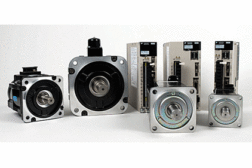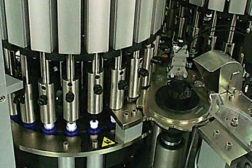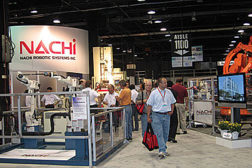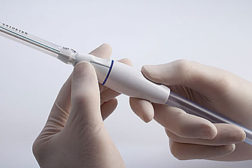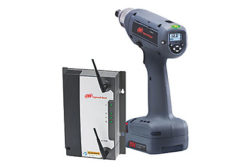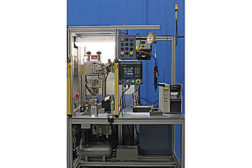Articles by John Sprovieri
High-speed automation for bottle cap assembly
Continuous motion assembly system produces three-piece caps for plastic squeeze bottles.
November 1, 2013
The Assembly Show Is Here!
Manufacturing professionals can see the latest assembly technologies, learn from industry experts, and network with their peers at the Assembly Show this month.
October 1, 2013
New Technologies to Shine at Assembly Show
A host of innovative new technologies will be unveiled next month at the Assembly Show, the only event dedicated exclusively to assembly technology.
September 10, 2013
The Role of People in Automated Assembly Systems
Cost and flexibility are two factors to consider when deciding which processes to automate in an assembly system.
September 9, 2013
Never miss the latest news and trends driving the manufacturing industry
Stay in the know on the latest assembly trends.
JOIN TODAY!Copyright ©2024. All Rights Reserved BNP Media.
Design, CMS, Hosting & Web Development :: ePublishing
